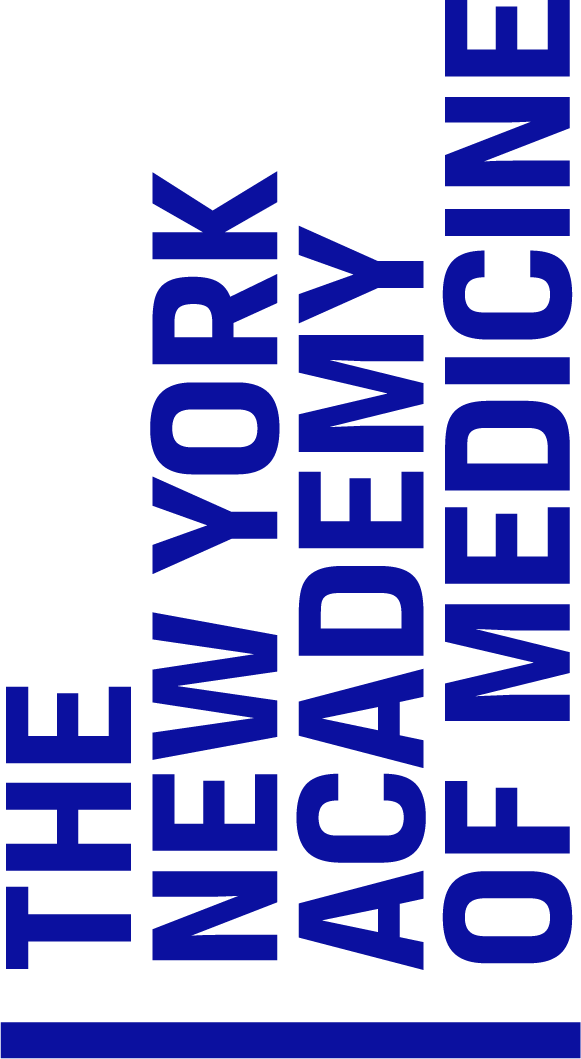Items
(1 - 3 of 3)
- Title
- Ayer's Cherry Pectoral Cures Coughs Colds &c: Penn's Treaty
- Description
- Trade card advertising Ayer's Cherry Pectoral featuring an image of a meeting between seven colonists (William Penn and others) and seven Native Americans. The Native Americans sit and stand to the left, and the colonists on the right present two scrolls that read "Ayer's Cherry Pectoral and Cures Colds, Coughs, &c." William Penn is holding a medicine bottle. The image is loosely based on Benjamin West's oil painting "The Treaty of Penn with the Indians." The back has an image of hands pouring medicine into a spoon in the upper left and text listing the curative properties of Ayer's Cherry Pectoral.
- Conditions Cured (LC)
- Asthma, Catarrh, Cold (Disease), Cough, Croup, Influenza, Laryngitis, Throat—Diseases, Tuberculosis, Whooping Cough
- Subjects (LC)
- Advertising—Medicine, Clothing And Dress, Ethnic Costume, Hats, Indians Of North America, Indigenous Peoples, Men, Treaties
- ID
- WH117
- Collection
- William H. Helfand Collection of Pharmaceutical Trade Cards
- Title
- [Introduction]
- Description
- The Dutch West India Company occupied northeastern Brazil from 1624 to 1654. In 1638, the physician Willem Piso and astronomer Georg Markgraf arrived as part of Johann Maurits’ research staff, tasked with promoting scientific studies in Brazil. This is the Introduction to their collaborative illustrated folio volume, which spanned 12 books and was published in 1648. Rich in description of native life, the book contains 446 woodcuts illustrating local flora and fauna, and comprises the most important early documentation of zoology, botany and medicine in Brazil.
- Subjects (LC)
- Botanical illustration, Early works to 1800, Indians of Central America, Indigenous crops, Indigenous peoples—Ecology, Natural history—Brazil, Natural history illustration, Medical geography, Medicine, Zoological illustration, Zoology—Brazil, Zoology—Pre-Linnean works, Wood-engraving
- Title
- Historae Rerum Naturalium, Liber Sextus, Qui agit Quadrupedibus, & Serpentibus
- Description
- The Dutch West India Company occupied northeastern Brazil from 1624 to 1654. In 1638, the physician Willem Piso and astronomer Georg Markgraf arrived as part of Johann Maurits’s research staff, tasked with promoting scientific studies in Brazil. This section of the Historia naturalis Brasiliae was written by Piso's colleague, the astronomer Georg Markgraf. Markgraf wrote the last eight sections of the Historia naturalis Brasiliae, of which this is the sixth. These sections as a whole were devoted to the medical uses of plants; to fish, birds, insects, quadrupeds and reptiles; and to full descriptions of geographic regions and their inhabitants. Markgraf also describes the appearance, habits, and environment of each animal depicted.
- Subjects (LC)
- Botanical illustration, Early works to 1800, Indians of Central America, Indigenous crops, Indigenous peoples—Ecology, Natural history—Brazil, Natural history illustration, Medical geography, Medicine, Zoological illustration, Zoology—Brazil, Zoology—Pre-Linnean works, Wood-engraving


![[Introduction]](https://digitalcollections.nyam.org/sites/default/files/styles/islandora_imagecache_image_style_medium/public/externals/f8dc82bfb24b75dd56ff3830193aca35.jpg?itok=vTjWwDJ6&pid=islandora:63&iic=true&solr_nav%5Bid%5D=e20739602eb9fcfefbcf&solr_nav%5Bpage%5D=0&solr_nav%5Boffset%5D=1)
